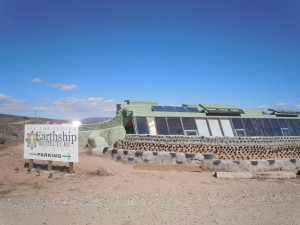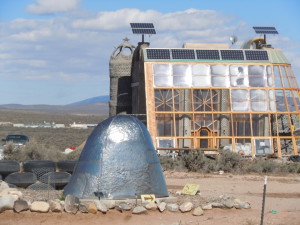Reading a newsletter from a marketer I generally find thought-provoking, sincere, and personable, I was rather surprised to read an article where she took one of her subscribers to task for objecting to the word “sucks” on her home page.
To me, that word inserts an unnecessary barrier, the more ironic because she bases her whole approach on connecting person-to-person.
So of course, I wrote her a note:
As some one who does my best to–and *usually* succeeds–find the best even in the grumps (in that way, I’m like your late father, I guess)–may I put another possible interpretation out there? It’s likely that this person was just looking for an excuse to act out–BUT it’s also possible that he had good reason to be offended by the S word. I personally don’t use that word, because it can be can be interpreted as homophobic–being derived from a longer expletive that starts with a c, the first four letters of which represent the male organ (I’m not being a prude here by not stating the word, but I do have a goal of avoiding the spamfilters). For the same reasons, I don’t use the word “niggardly”, even though its etymology has nothing to do with the n-word–I don’t want people who don’t know that etymology to think I’m racist.
And there’s a difference between “plain language” and foul language. I grew up on the tough streets of the Bronx, and it was a minefield of F-bombs and other expletives–but I’ve lived in places where cursing is considered not just extremely rude but an offense against religion. So, take your choice–the left -wing or right-wing possibility of why he was teed off.
I don’t remember how I found your list, but I suspect I would not have subscribed if the first thing I’d seen was “disconnection sucks”. I have a thicker skin than to be offended, but there are always better ways to say it, and I would not have wanted to get into the network of someone whose language could have been interpreted as mean and deliberately offensive, because I surround myself with people who empower others and don’t denigrate them.
Luckily, I found you some other way (I have no idea how our paths crossed, actually)–and I know you to be a caring and empowering person. But think about the message you’re putting out here, intentionally or not. This is not so much a question of political correctness as it is of establishing unnecessary barriers. yes, I understand that you want to drive the wrong people away, and I respect that. I do the same thing. For instance, when someone approaches me about working together, there’s a paragraph in my reply that says,
“Please note that I reserve the right to reject a project if I feel I’m not the right person for it. This would include projects that in my opinion promote racism, homophobia, bigotry or violence–or that promote the tobacco, nuclear power, or weapons industries–or if I do not feel the product is of high enough quality that I can get enthusiastic about it.”
But I wonder if what your doing might drive the RIGHT people away too–especially since to me, it is so out-of-harmony with your real core message of marketing through the power of personal story.
I’ll be very curious to receive her response. And meanwhile, how about a response from you? Are curse words a barrier for you? Am I overreacting? Is she unnecessarily defensive? Why, or why not?







